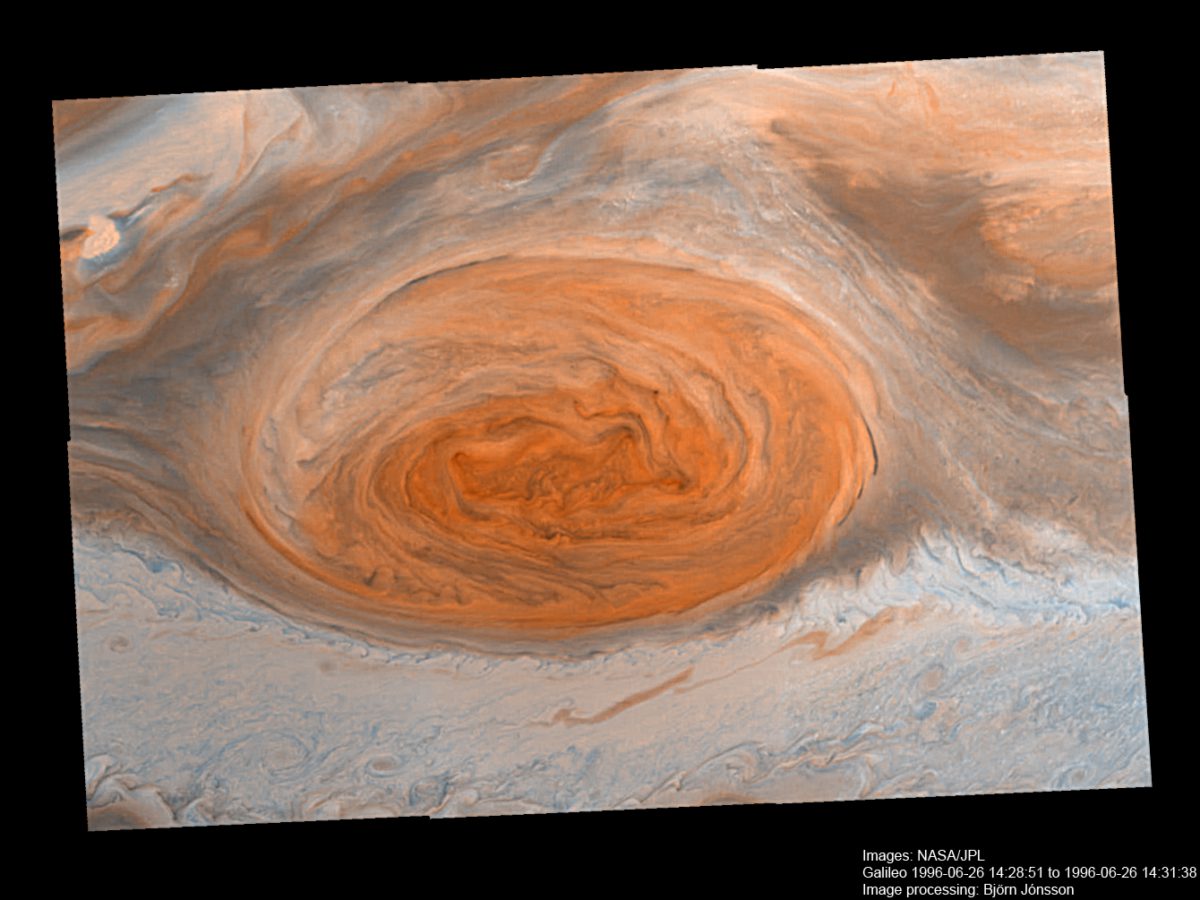Planetary Radio • Jun 14, 2016
JunoCam, The People’s Jupiter Camera
On This Episode

Candice Hansen
Senior Scientist for Planetary Science Institute
The Juno spacecraft will enter orbit at Jupiter on July 4th. It carries a camera that will send back spectacular images from just above the swirling clouds of that mighty planet. Planetary scientist Candy Hansen will tell us how we can help decide what it will view. You can watch Emily Lakdawalla deliver illustrated presentations to two very different audiences. Bruce Betts becomes the masked astronomer on this week’s What’s Up.


Related Links:
- What to Expect From JunoCam at Jupiter
- Mission Juno to Jupiter!
- Dr. Candice “Candy” Hansen
- Offworld Trading Company, the new, beautiful and engaging economic strategy game set on Mars
- Planetary Radio Space Policy Edition
This week's prizes are a Planetary Radio t-shirt, a Planetary Society rubber asteroid and a 200-point iTelescope.net astronomy account.
This week's question:
What was the name of the first human spaceflight of the Chinese space program? (In English, please.)
To submit your answer:
Complete the contest entry form at http://planetary.org/radiocontest or write to us at [email protected] no later than Tuesday, June 21st at 8am Pacific Time. Be sure to include your name and mailing address.
Last week's question:
How many NASA field centers are named after former astronauts?
Answer:
The answer will be revealed next week.
Question from the week before:
During the current closest approach, how big is the disc of Mars as seen from Earth as measured in arc-seconds?
Answer:
At its just-passed closest approach to Earth in 2016, Mars appeared to be about 18.6 arc-seconds across.


 Explore Worlds
Explore Worlds Find Life
Find Life Defend Earth
Defend Earth


